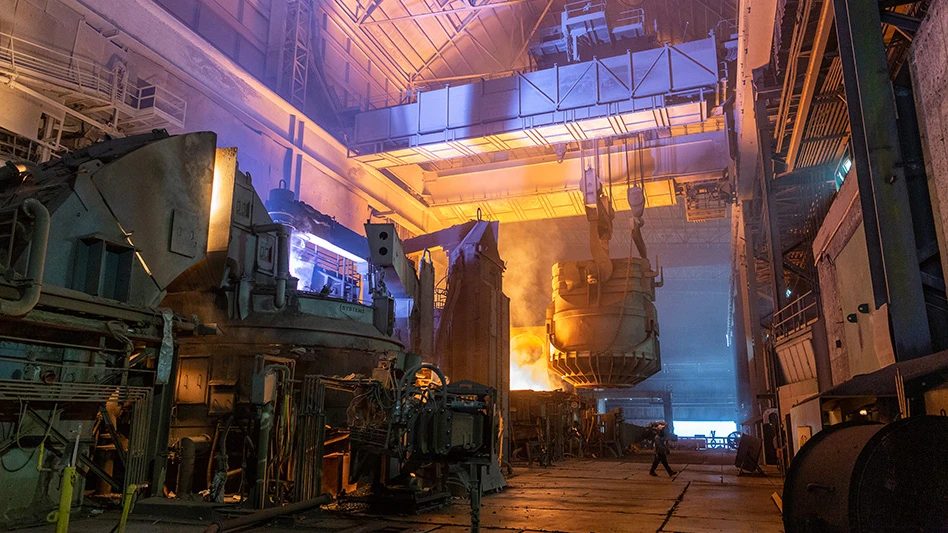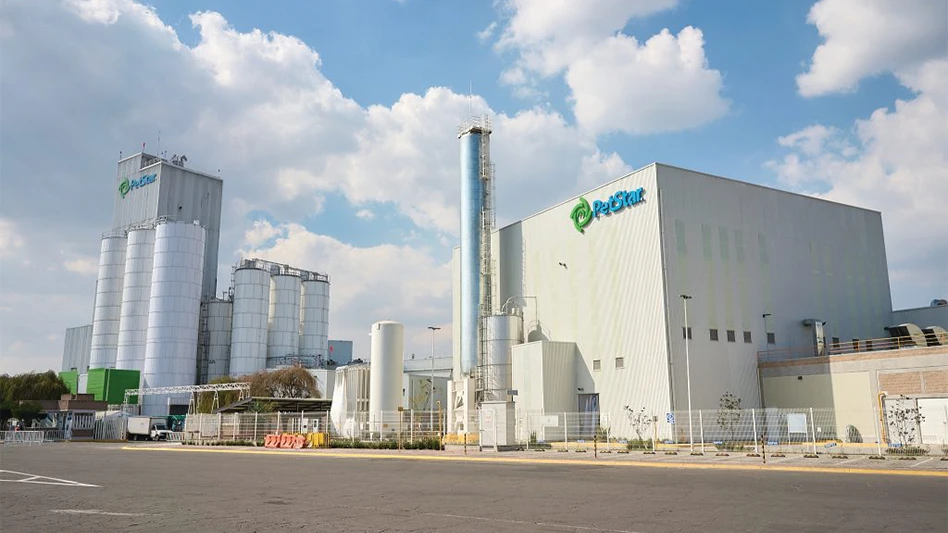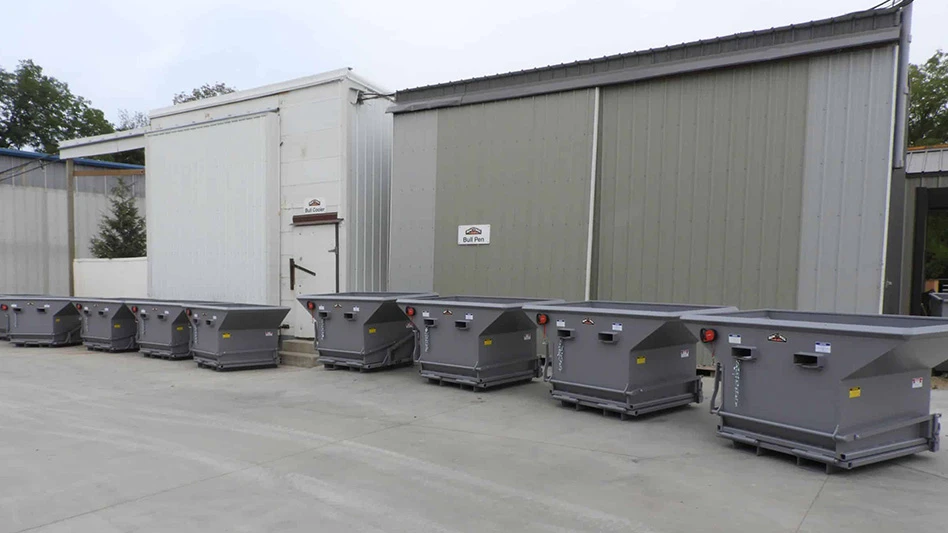While opportunities were plentiful, concerns—some real, others urban legends—grew. Some concerns cited were shaky payment schedules, inexplicable material downgrades and boom/bust purchasing routines. All of these factors, as well as others, created challenges initially in the midst of opportunity.
Fast forward to today. China is the focal point of business for many exporters. The country has rapidly become the largest steel producer in the world. And, rather than cool off like other countries, the Chinese steel industry is expected to grow at a strong clip, according to many industry analysts.
A SHIFT IN STEELMAKING
While China is growing to become the largest player in the ferrous export market, other developing countries, especially in Southeast Asia, are starting to change the export dynamic away from some of the traditional buyers and toward a new wave of ferrous scrap consuming countries such as Thailand, Malaysia and some of the former Soviet Union countries.
While other regions of the world are increasing their ferrous scrap consumption, no country has captured more interest than China. The days of considering shipping to China, but hesitating due to many of the preconceived notions of China’s antiquated purchasing systems, are swiftly being eliminated.
Supplanting previous fears is the fact that China has unmistakably become a major player on the offshore market. Strong buying brought on by the sharp growth in Chinese steel production will continue to fuel the country’s growing appetite for ferrous scrap. The Chinese State Economic and Trade Commission has stated that China will retain its status as the world’s largest steel market, with annual consumption of more than 180 million tons.
The country is committed to sustainable national economic growth and to bolstering domestic steelmaking to improve the relationship between supply and demand.
Currently, China consumes one fourth of the world’s annual steel output, with some Chinese economists predicting steel consumption will reach 200 million tons per year within the next year, a 10 percent increase from 2002’s figure.
The trend of Chinese mills purchasing greater amounts of scrap is occurring while several geopolitical issues are playing out on the world stage.
One of the biggest issues now taking place is the political strife in Venezuela. With a national strike choking off oil production in the country, the production of hot briquetted iron, a key material in new steel production, has ceased.
The result has been, says one ferrous scrap exporter, an export market "on fire." The source says that ferrous scrap prices are climbing by $5 per ton each week, as the lack of HBI from Venezuela forces more steelmakers to use greater amounts of ferrous scrap as a raw material. According to the exporter, while Venezuela usually produces several million tons of HBI each year, the strike so far has resulted in the loss of hundreds of thousands of tons of HBI.
While HBI production has declined, the harsher than expected winter so far in North America has also reduced scrap from some supply sources in the U.S.
PREPARING TO SHIP
With this growth, many U.S. scrap dealers are girding themselves for a steady increase in demand for ferrous scrap metal. Robert Philip, president of Schnitzer Steel Products Co., Portland, Ore., one of the largest ferrous scrap exporters in the U.S., predicts strong growth for shipments. "We are bullish about China," Philip says. "China is really ramping up its steel industry."
Reflecting the surging demand for ferrous scrap in China, several speakers at the fall 2002 Bureau of International Recycling (BIR) meeting discussed the near-term future for export shipments to China.
In a presentation given during the BIR program, John Neu of Hugo Neu Schnitzer Global Trade LLC, New York, reported that while U.S. steel production was close to 90 percent of capacity, the world scrap supply/demand balance could be significantly disrupted if China were to "resume its deep-sea scrap purchases."
During the same meeting, Meng Jianbin of the China Association of Metal Scrap Utilization claimed that China would have a requirement for 49 million metric tons of ferrous scrap by 2005, and yet would be able to contribute only 27 million metric tons from within its own borders. Imports into China, which stood at 9.78 million metric tons in 2001, could reach an annual value easily exceeding $2.2 billion three years from now, he contended.
Alberto Canevali of the European Union’s Enterprise Directorate General hailed growth in China as "the real phenomenon" and indicated that the country’s steel consumption could increase by as much as 30 million metric tons next year to 230 million metric tons. China would be responsible for 75 percent of the world steel production growth anticipated for 2003, a year in which global output is expected to jump by 40 million metric tons to 920 million metric tons.
STATISTICS DON'T LIE
While future growth patterns look promising, the recent past also shows that the Chinese steel industry has been on a fairly swift upward trajectory. According to the International Iron & Steel Institute, Brussels, imports of ferrous scrap to China jumped by close to 800 percent over the past 10 years, from 1.24 million tons in 1992 to slightly less than 10 million tons in 2001.
The jump over the past 10 years is partly a reflection on the burgeoning Chinese steel industry. However, the production of steel at electric arc furnaces (EAFs) in the country has been another considerable factor over the past decade. At the end of 2001 production of steel in EAFs reached an estimated 25 million tons, close to a 50 percent jump over Chinese EAF steel production during 1992.
While China and several other developing countries are helping drive ferrous export markets, the sense that scrap shortages could arise have been put aside. Most large scrap processors feel that the availability of scrap will not be a problem, although prices will likely strengthen. At the same time, "there could be changes in the normal flow of scrap," Philip notes.
Meanwhile, to feed these EAFs, as well as their established integrated mills, the importing of ferrous scrap by China continues to soar.
The steel industry’s growth in China (as well as in other developing countries) can be attributed to both the push to modernize as well as the relatively inexpensive labor costs. The competitive advantage Asian countries have is strong enough to allow for continued growth in the steel producing sector, many observers believe.
"China is building highways, automobiles. Only 1 million new cars were purchased in China this year. However, demand will go up," Philip notes. "We are optimistic that both scrap and scrap substitutes will grow."
Allan Goldstein, CEO of AMG Resources Corp., Pittsburgh, notes that shipments to China "are very noticeable. In the end, melting demand is going up."
While China is growing in its importance to the ferrous scrap market, there hasn’t been a significant change in the traditional supplier/consumer network. "Established Chinese [brokers] know who the larger players are and continue to buy from them. This is instead of mills looking to put their own purchasing officials in to handle all the buying," says Goldstein.
Other countries are also generating some attention. Developing countries such as Thailand, Malaysia and Mexico will continue to develop their infrastructure. Turkey, a large traditional buyer of ferrous scrap from European sources, also will be purchasing sizable lots of material over the next several years from the U.S., partly due to export restrictions in many of the former Soviet countries, who had been major suppliers to Turkey in the previous few years.
The former CIS countries may soon become scrap importers rather than exporters, some observers predict. Many of these countries are also seeking to modernize their infrastructures and will have a demand for raw material to supply their steelmaking needs. This would include both ferrous scrap and direct reduced iron, as well as pig iron and other steelmaking raw materials.
Turkey also remains a leading destination for ferrous scrap from the U.S. East Coast. The pickup in shipments of ferrous scrap to Turkey follows several years of dwindling shipments to this region as Turkish buyers became more active in purchasing ferrous scrap from Ukrainian sources.
HURDLES AND OBSTACLES
An area of concern for some scrap dealers, especially during the next several years, will be the heightened competition as steel from developing countries starts to go into finished products for export. This trend could put further pressure on domestic steel mills, even with the Section 201 tariffs in place designed to protect the U.S. steel industry.
While the strongest growth in ferrous scrap markets is taking place, for the most part, in developing countries, several exporters note that issues and trends mirror many of those that have taken place in the Western Hemisphere. The move toward consolidation will eliminate many of the older, smaller, less efficient steel operations in many of the countries that have been importing additional ferrous scrap.
This is already taking place in China, Philip notes, although the number of steel mills in China is so large that it hasn’t come anywhere near the consolidation of steel mills that has taken place in Europe and the U.S.
While shipments from the U.S. to developing countries are growing, other net exporters are offering competition. With their domestic demands remaining somewhat stable, the U.S., Western Europe and Japan are all playing a more global game.
According to John Neu in the report he prepared for the BIR, "Many steel experts forecast a shortage of steel in the first six months [of 2003] as consumption of steel products rises more than 5 percent worldwide. If this increase holds true, then the world utilization rate would have to increase to about 96 percent in order to keep up."
Neu adds that this bodes well for scrap dealers, but cautions, "Before we start to take these predictions as gospel, there are many upcoming world events that warrant our concern, not the least of which are China’s government change, South Korea’s presidential election and how that relates to North Korean nuclear weapons disclosure, and the eventual resolution of the situation in Iraq."
While China is the third largest producer of steel made by EAFs, which typically require higher volumes of ferrous scrap, only 16.6 percent of the steel produced in China currently comes from EAFs. As Chinese steel mills continue to grow in size and shift toward EAF production, they will play an even greater role in ferrous markets. And, as Philip notes, this inevitably will be a deciding factor concerning prices.
While prices will likely improve, driven by stronger export demand, Philip asks, "Will the increased exports end up hurting U.S. manufacturers?"
The author is senior editor and Internet editor of Recycling Today. He can be contacted at dsandoval@RecyclingToday.com.

Explore the January 2003 Issue
Check out more from this issue and find your next story to read.
Latest from Recycling Today
- Autocar releases Smart Battery Cable to advance refuse truck fire safety
- PLASTICS launches Positives of Plastics website
- Impact Air Systems launches compact ZAC400
- PCA to shut down paper machines at Washington containerboard mill
- BMRA provides landfill guidance for UK shredder operators
- Fornnax high-capacity tire recycling plant
- EU introduces measures to secure raw materials, strengthen economic security
- US Steel to restart Illinois blast furnace





